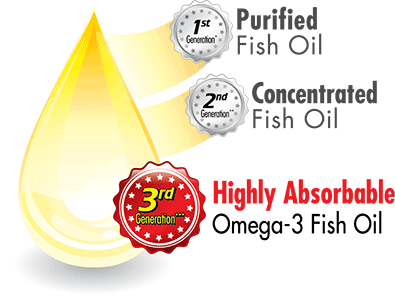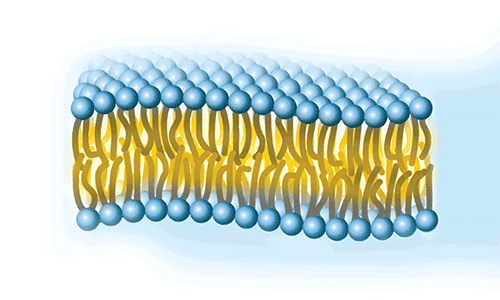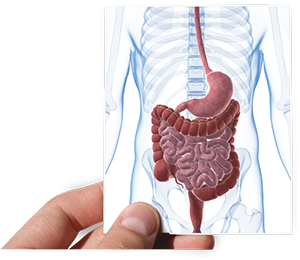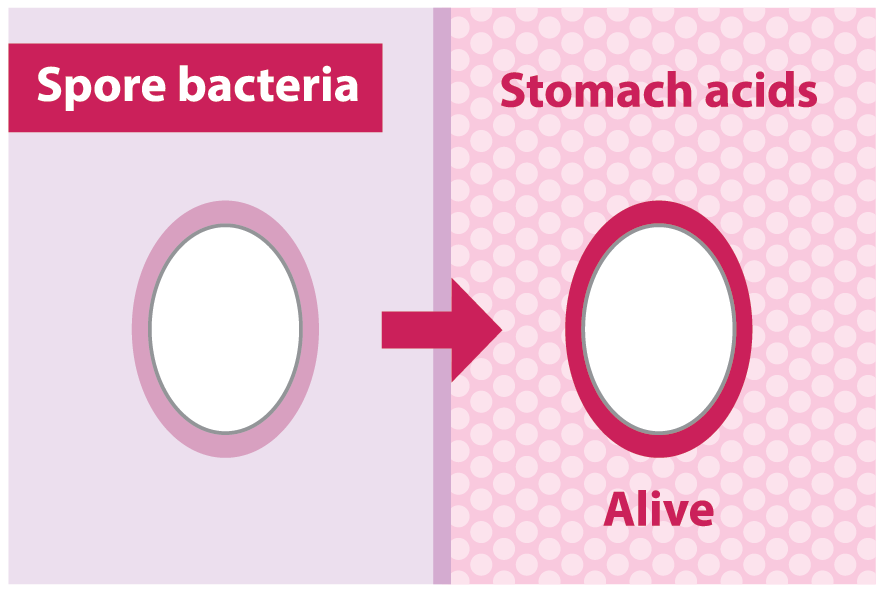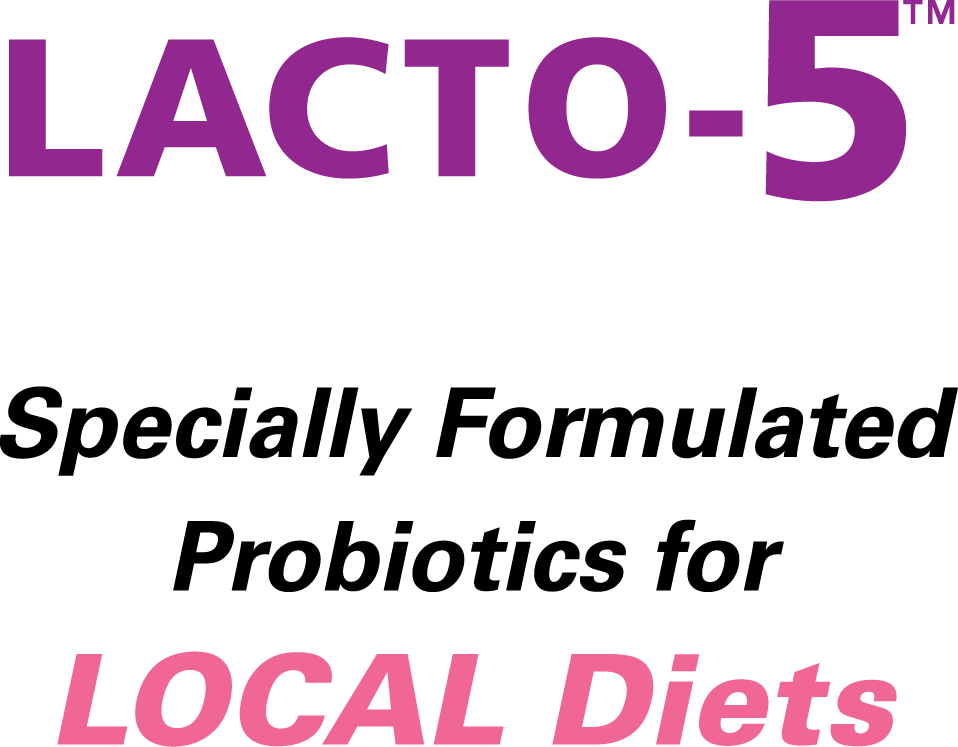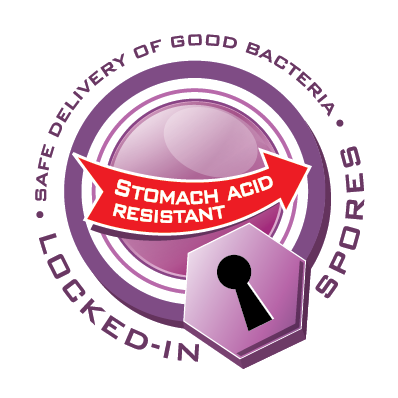Supplements as a fact of life
The supplement market has grown to be a massive one, thanks to the unhealthy selection of food that we have now. The hectic urban lifestyle that has pushed us farther and farther away from farmed and home-cooked food has spawned the need for supplements.
“The issue today is you don’t necessarily get good quality food”
Dato’ Dr Rajen M. says, emphasising the basis for supplements. The natural health advocate and columnist states that the need for supplements is increasing with the intake of fast food, processed food, stored food, GM food and chemical-laced food.
According to Dr Rajen, this is never an issue 100 or 200 years ago, when normal food provides for the body’s nutritional needs. Today, much of the nutrition that the body needs is lost when food is being heat treated or radiated.
The body therefore needs dietary supplement to make up for the loss. The need for dietary supplements – addition to nutrition – is validated by various clinical studies and trials around the world. However, Dr Rajen states that the idea of dietary supplement has not always been accepted by the general public.
Many are aware of the debate that is surrounding the supplement business. Even something as widely accepted now as folic acid was dismissed in the 50s, he says.
“Today, a gynae would recommend that to a pregnant woman because we have proven beyond a shadow of doubt that adding folic acid to the diet would get good development of the spine of a child.”
Dr Rajen also cited calcium and fish oil as among the supplements that had to take the long and winding road before they became acceptable to the public.
Citing the GISSI-Prevenzione trial in Italy and Europe involving 11,000 patients who had one heart attack and therefore had very high risk of a second heart attack, Dr Rajen explains that the research arm with patients that were given fish oil had a 45% reduction of a second heart attack.
“One single supplement!” he says, “I would think that even a drug would not work as well in preventing heart attack. And it is so safe, so natural, has no side effects – long term, and therefore you can see that even today the fastest growing segment in the world in terms of supplement is fish oil.
Fish oil, 10 years ago or 15 years ago was pooh-poohed. Today, the American Heart Association recommends this to particularly males over the age of 40 as a supplement.”
The idea of supplements only giving us expensive urine has also cropped up. “Well, I have a different take on this,” he says. “I’d rather have expensive urine than sick urine.”
“A person whose urine is lacking the basic material, which means that the food that they’ve eaten is not enough, every cell is starved, every tissue and organ is starved and you get cheap, sick urine. So I think expensive urine is not necessarily a bad thing, if you look at it from a proper context.”
When it comes to the need for dietary supplement, Dr Rajen says that it could start at a very young age all the way to the elderly. The need comes in different forms depending on one’s lifestyle – children, pregnant and nursing mothers, sportsmen, and those recovering from ailments or surgery.
“Supplements will become and is already a fact of life for a lot of people.”
There have been a lot of studies done all over the world on the consumption of supplements. The studies revealed that people who are more educated and have more disposable income tend to use more dietary supplements.
An interesting finding is that women tend to purchase more supplement.
“Eight out of ten times buyers of supplements at pharmacies are women, who buy for themselves, for their husbands and for their kids,”
Dr Rajen says.
“So it’s almost a proactive response to life – modern living, fast-paced living; processed foods, fast foods, stored foods, old foods, preserved foods, stale foods – all kinds of different foods we get are nowhere as ideal as they were, pristine as 100 years ago or 200 years ago.”
Dr Rajen cautions that dietary supplements are not meant to replace our diet.
“You still need your calories, you still need the protein, carbohydrates and the fats.”
Using an analogy of a car, he explains that a supplement is an additive to make the car work better, not to replace the fuel.
“You need them both, and more and more so today.”
Addressing the confusion between supplements and drugs, Dr Rajen says that a drug is a synthetic substance that produces a benefit, but there is a side effect. Supplements, on the other hand, are natural and do not have side effects, as they work with the body and the system.
Due to the nature of supplements, a person can decide on taking certain supplements on his own. However, if a person has disease process and is on a treatment for it, Dr Rajen says it is best to consult a doctor or health professional before deciding on a supplement.
The same rules apply to supplements as they do to any other products. With the massive market, the average consumer is spoilt for choice. Dr Rajen advises consumers to exercise caution in buying supplements.
“You would like to be able to look for it in a pharmacy, not at pasar malam, and this gives you some professionalism.
Dr Rajen says.
And then if you’re looking at supplements, you want it to be natural, you want it to be food-based; for example, if you’re taking calcium look for milk calcium, which is well established; (and) you want to be dealing with a company with reputation.”
Other pointers shared include how consumers should ensure that the product is sourced properly, and there is clinical evidence and certification. They should also look out for whether it is organic, toxin-free, and if the company makes any effort in guaranteeing or delivering the quality.
“When there is a massive choice, it becomes a commodity, and consumers then have difficulty in choosing a product either in terms of quality or in terms of weeding out the substandard products.”
Commenting on the future of the supplements market, Dr Rajen says that he sees it going in three ways: more savvy manufacturers that result in more concentrated and synergistically combined products; the idea of predictive medicine due to technological advances; and personalised medicine that calls for specific supplements.
“We’re going towards stem cells, and stem cells will be the future supplements. So we’ll put you on stem cells, and we’ll navigate the stem cells with the right kind of nutrients,” he adds.
Dr Rajen's Blog